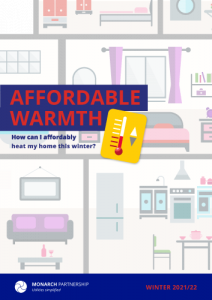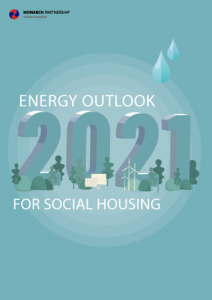Introduction
Here is our Guide on third party, non-energy charges (TCPs), which you need to take into account in your intelligent utility planning.
Why Should You Care About the TCPs?
When you procure energy and have forecasted your TCP costs in advance, you are able to make educated decisions to treat them as fix charges or allow them as pass-though costs. It will help you budget accordingly and manage your risks better.
What are the main TCPs?
You can read the detailed descriptions in our TPCs Smart Energy Guide of the third-party charges paid by business energy users. They are broken down into network and policy charges, as well as whether they affect electricity and/or gas users and some indication of the types of businesses that they are likely to impact.
Network charges
- Transmission networks
- Distribution networks
- Balancing
- Losses
Policy charges
- Renewables Obligation (RO) (electricity)
- Feed-in Tariffs (FiTs) (electricity)
- Contracts for Difference (CfD) (electricity)
- Capacity Market (electricity)
- Climate Change Levy (CCL) (electricity and gas)
- Energy Company Obligation (ECO) (electricity and gas)
- Warm Homes Discount (WHD) (electricity and gas)
What Actually is a Third-Party Charge?
The term third-party charges—also known as non-energy or pass-through charges—describes the costs faced by gas and electricity suppliers that are outside their direct control.
As the costs of government policies and network costs have both increased in recent years, so have third-party charges. This has served as an upward pressure on businesses’ energy bills, as these charges are passed through to consumers.
Third-party charges are those costs on an energy bill that suppliers cannot control. They include the charges that are levied by network companies on energy suppliers for their customers’ use of the transmission and distribution networks. They also include the costs levied on suppliers by the government as a means of funding its renewables, energy security, and energy efficiency policies.
Impact of Policy Charges on SMEs
The impact of these policy costs is measured and forecast by the government.
The most recent forecast was released in late 2014, and while there have been some policy changes since, this still provides a useful forecast of rising costs, please see the graph below. A further update to forecast is likely to be published later in 2016.















